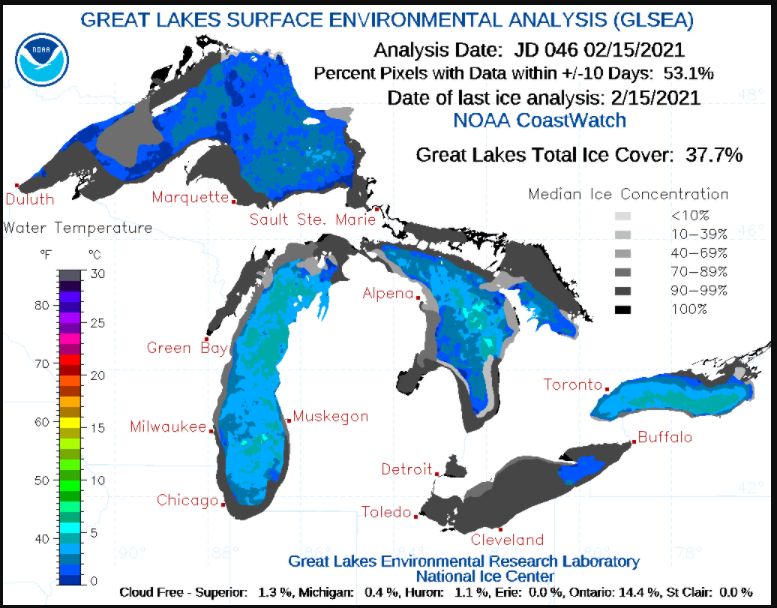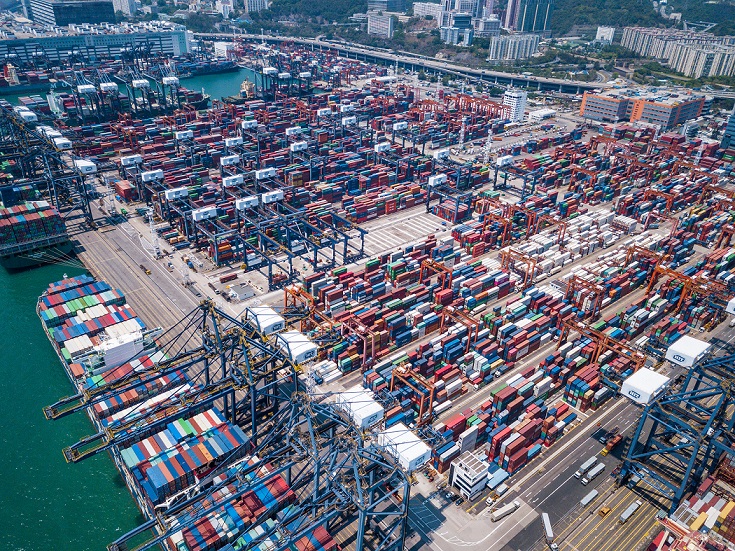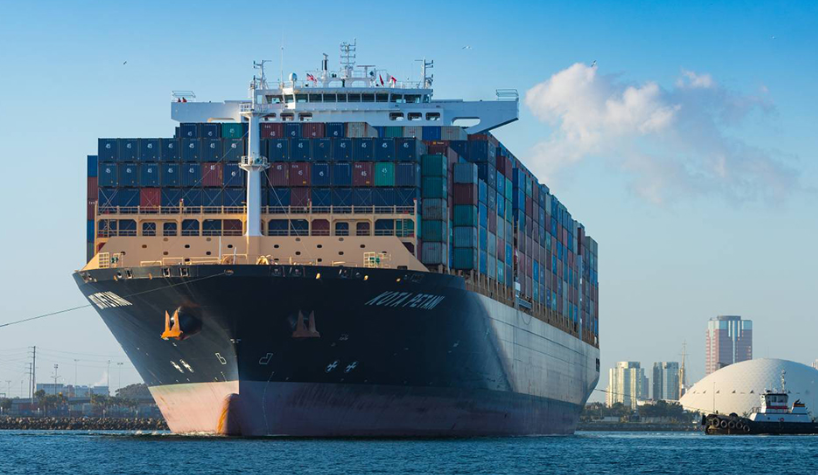Logistics

February 16, 2021
Cold Snap Increases Ice Coverage on Great Lakes
Written by Sandy Williams
Ice coverage on the Great Lakes has been mild this year, but with the cold snap currently hitting the nation, total ice coverage jumped to 37.7%. On this day in 2020, ice coverage was 18.2% and in 2019, 49.3%. The amount of ice on the Great Lakes varies each year depending on winter conditions, but the NOAA Great Lakes Environmental Research Laboratory is forecasting an average of 30% coverage for the 2020/2021 season, well below the 53% average from 1973-2020.
Ice concentration as of Feb. 16:
- Superior 33.3%
- Michigan 27.2%
- Huron 42.5%
- Erie 81.3%
- Ontario 16.6%
Lake Superior is the deepest of the Great Lakes with an average depth of 483 feet and a maximum of 1,332 feet. As the most northern lake, Superior’s ice coverage is extensive, beginning at the shore and extending inward as cracking ice and winds push ice floes further into the lake. Ice coverage on Superior is at 33% compared to 7% a week ago.
Lake Erie, further south but much shallower at an average of 52 feet and maximum of 210 feet, also freezes extensively in the winter months. Lake Huron’s Canadian shore, including the passage through the Soo Locks, freezes at nearly 100% concentration each winter.
Traffic on the lakes is minimal in the winter due to ice coverage, and commercial shipping generally ends by Dec. 31 as the Soo Locks and the St. Lawrence Seaway close. This year the season officially closed on Jan. 15 as the last freighter hauling taconite cleared the Soo Locks on its way to Gary, Ind.

The 2021 navigation season is scheduled to reopen after mid-March, subject to weather and ice conditions. As of now, the Welland Canal is scheduled to open on March 19, the Montreal/Lake Ontario section on March 22 and the Soo Locks on March 25.






